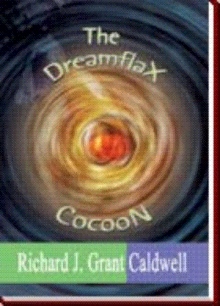Gerkin's Visions
The Hebephrenic Vision Script
by
Book Details
About the Book
The beginning and tone of Gerkin’s Visions
remains modeled after the opening pages of Herman Hess’s The Steppenwolf
and Thomas Mann’s The Magic Mountain.
If the book seems at first perplexing it is because it portrays and
compares a series of visions held extent throughout the work in the hands of
the hero, Gerkin, and the narrator, a disciple of Gerkin The Master. The style is composed of prose poems of
varying length and cohesion. Various
moods and rhythms embellish the unfolding of Gerkin’s story.
Much of the material resides outside of time,
recognizing time as a variable and not a constant. Sections such as “Michaels’s Laboratory and the Wind” or “The
Imaginative Ones” clearly show the crisscross of science and art. “The Sitar Player” takes up the characters’
“Journey To The Past,” where as “The Famous Sunday Sermon” Accentuates the
changing that the language has under gone in a millennium with its bring a
“Found Poem” and its trappings in Old English as well as the impact of the
church setting, “Bullfight” implies a cultural break to Latin culture. The book reverberates between sensible and
non-sensical applications of the Hero’s practicalities and theories which may
find the audience delighted.
About the Author
The author was conceived in California and born in
Pennsylvania in 1949 and his father and grandfather and family had lived The
Grapes of Wrath. They moved
residence thirteen times in the first seventeen years of the author’s life.
After High School he graduated from the university
of Notre Dame and in all attended six colleges and universities at home and
abroad in Cali, Columbia, South America.
His poetry master at ND, John Matthiaas, had read before the queen of
England. The author wrote advanced Calculus
at the University of California at Berkeley.
His first published book is an e-book entitled The Dreamflax Cocoon
Through 1st Books.





